Shoulder Rehab Program
GET YOUR SHOULDER REHAB RIGHT THE FIRST TIME AROUND
Our Shoulder Rehab Program takes the professional-sports approach to rehabbing the three major shoulder injuries: dislocations and instability, labral or rotator cuff tears, or chronic tendinopathies. With a proven track-record of dramatically reducing your risk of re-injury and getting you back to sport, faster, our rehab program is where athletes go when quitting isn't an option.
Our Team Has Been Trusted By:

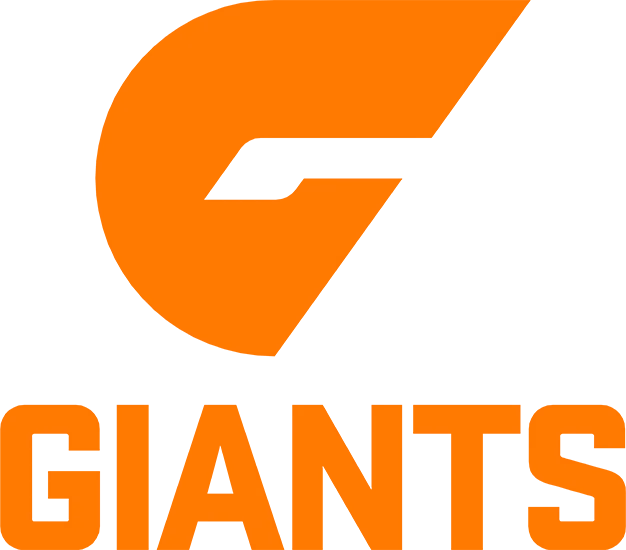
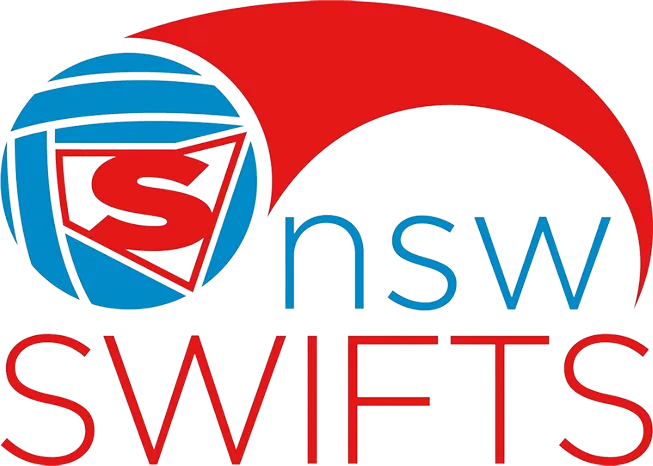
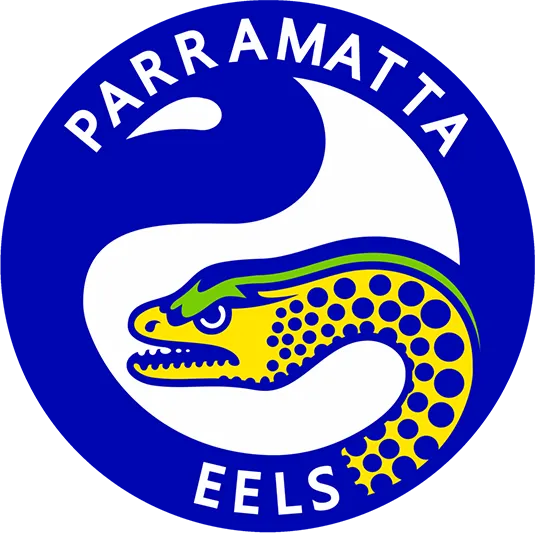
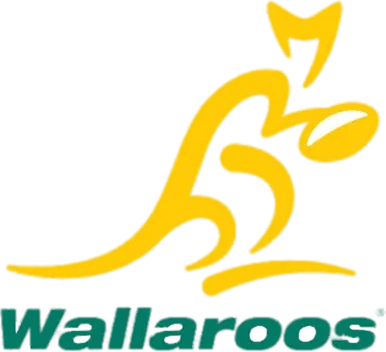
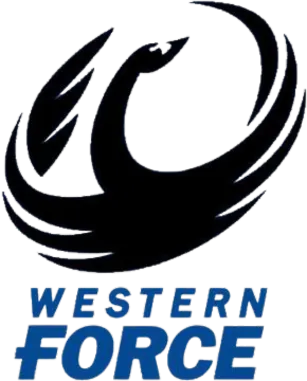
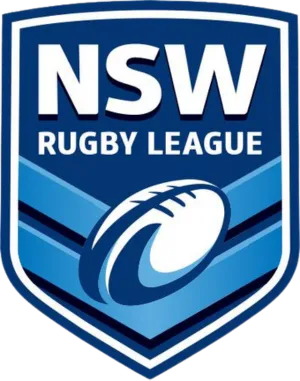







"20% OF SERIOUS ATHLETES NEVER RETURN TO SPORT AT THE SAME LEVEL AFTER SHOULDER INJURY..."
... BUT WE'RE AT A 100% FOR SUCCESSFUL RETURNS
At Athletes Authority, we offer shoulder rehab programs for those who want to recover like they were pro, regardless of whether you've suffered an acute trauma or are dealing with a chronic tendinopathy. We combine cutting-edge sports science with a personalised approach, giving every athlete a tailored plan to get them back to peak performance. With a proven track record of reducing re-injury rates (we've n our program is trusted by over 300 athletes who have successfully returned to their sport, fitter and stronger than ever. This isn’t just rehab — it’s how you rebuild yourself the right way. Learn why many athletes struggle to return to pre-injury form and how our shoulder rehab program delivers better outcomes. Watch the video below to find out more.
WHY CHOOSE US?
here is why over 250 athletes chose us for their shoulder rehab
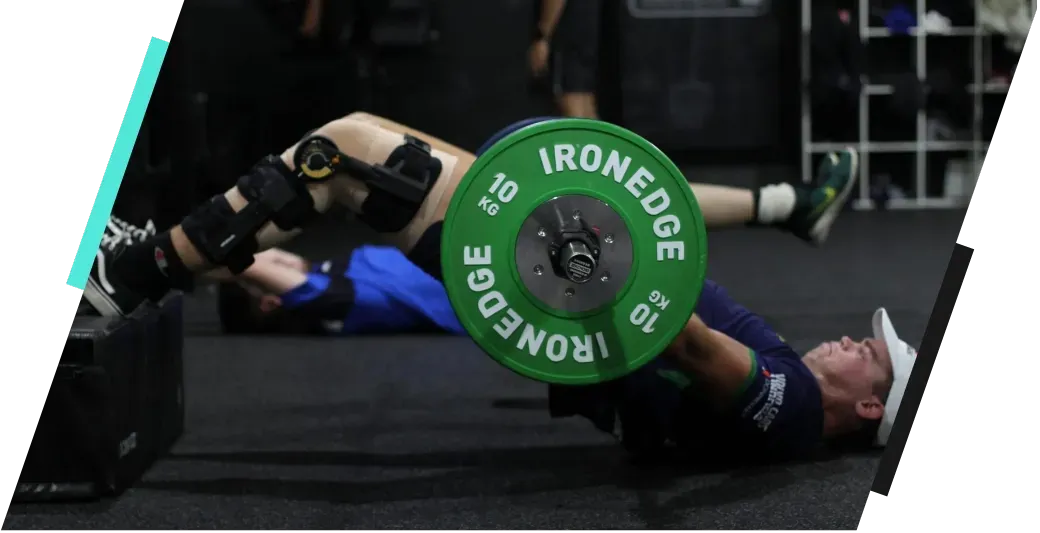
get a completely individualised shoulder Rehab program that's updated every week
... NOT JUST A FEW EXERCISES ON A PIECE OF PAPER YOU GET ONCE A MONTH.
never have to second guess if you're doing your shoulder rehab right with unlimited access to our rehab coaching schedule
... with over 80 hours of rehab coaching every single week, YOU will NEVER FEEL LIKE YOU MIGHT BE doing your rehab wrong.
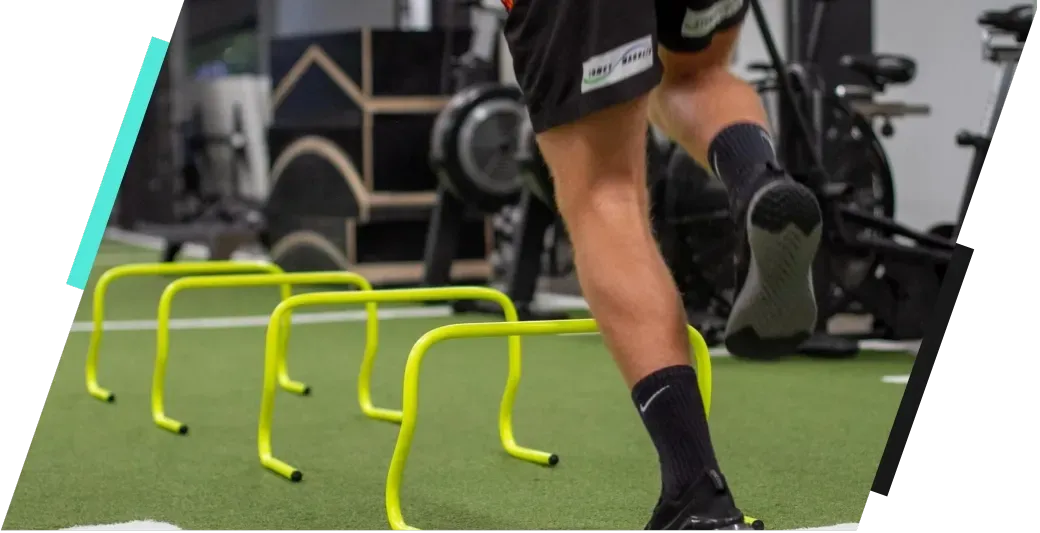
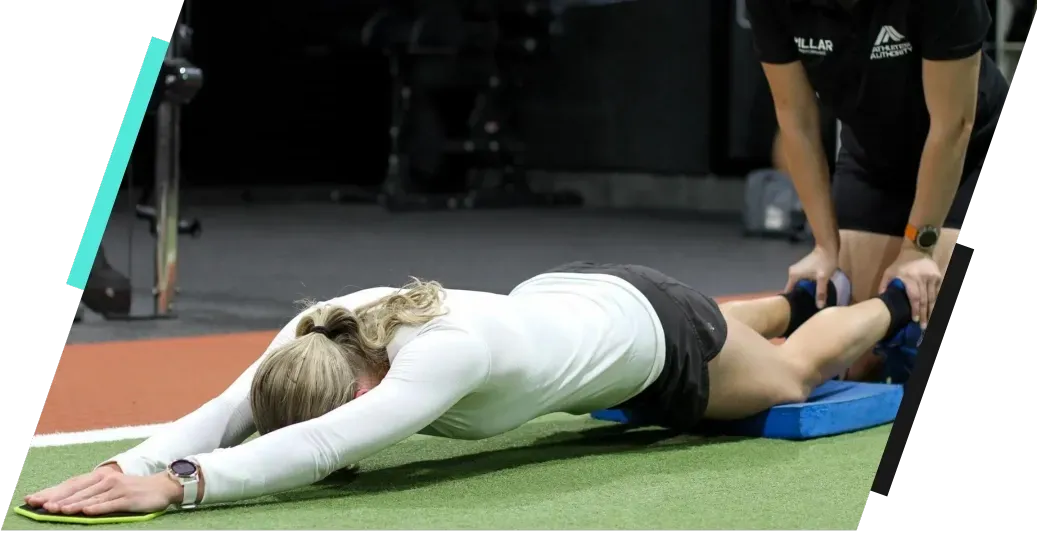
Your strength, power and fitness won't have to take a backseat while you recover from your shoulder injury
... BECAUSE YOU'LL STILL BE TRAINING AS MUCH AS YOU WANT TO, getting stronger and FITTER THAN YOU WERE BEFORE YOUR INJURY.
24-7 access to your dedicated physiotherapist, so you never have to feel like your shoulder progress is slowing down between sessions
GETTING ADVICE FROM YOUR PHYSIOTHERAPIST about your shoulder SHOULD NEVER BE SOMETHING YOU HAVE TO WAIT FOR, SO WE GIVE YOU 24/7 ACCESS...


Your own running coach who will be there for every run you do as you work toward your return.
... Because returning to running following a shoulder injury often results in a drop in fitness, technique and movement quality.
mental skills training will help make sure that head noise doesn't get the better of you...
BECAUSE A LONG shoulder REHAB following surgery or conservative management DOESN'T JUST TAKE A TOLL ON THE BODY, BUT ON THE MIND AS WELL.
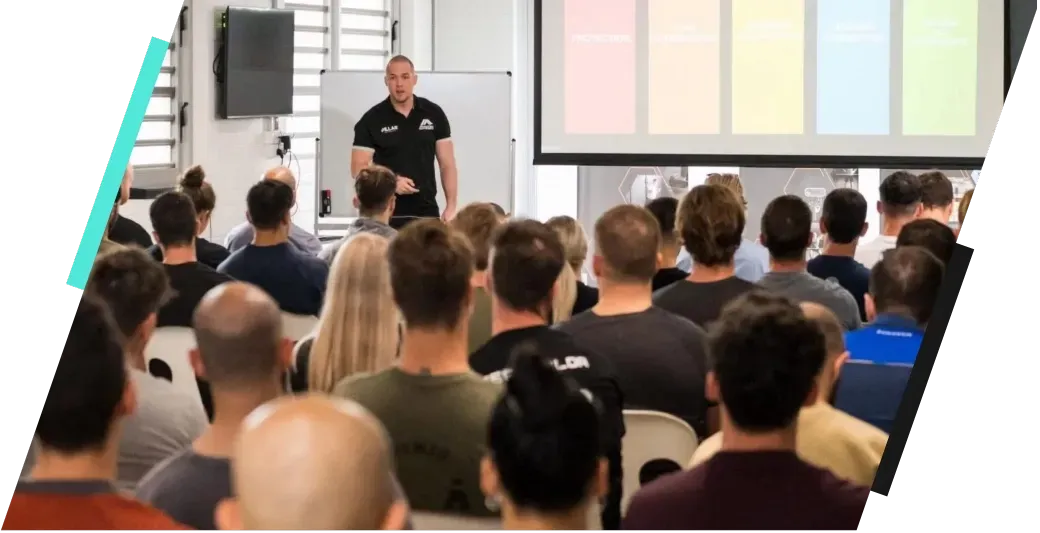
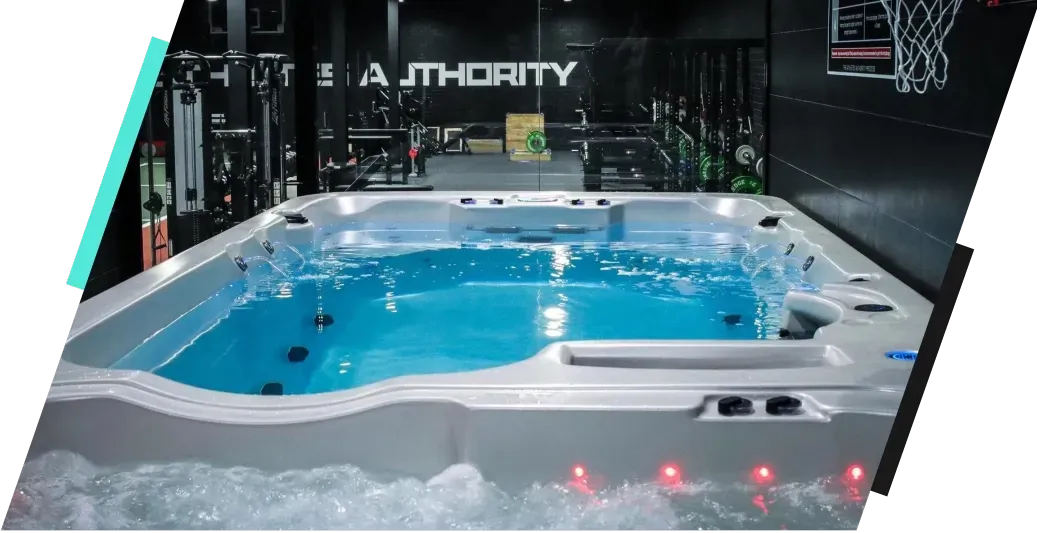
Unlimited access to our Recovery Zone will make sure that as your training gets harder, you recover faster
with our GameReady ice machines, the contrast pools and the NormaTec compression boots.
your SHOULDER rehab success is guaranteed or your money back.
...iF YOU'RE NOT HEAD OVER HEELS THRILLED WITH YOUR INITIAL CONSULT or our approach, WE'LL REFUND YOUR your full consultation fee — no questions asked.
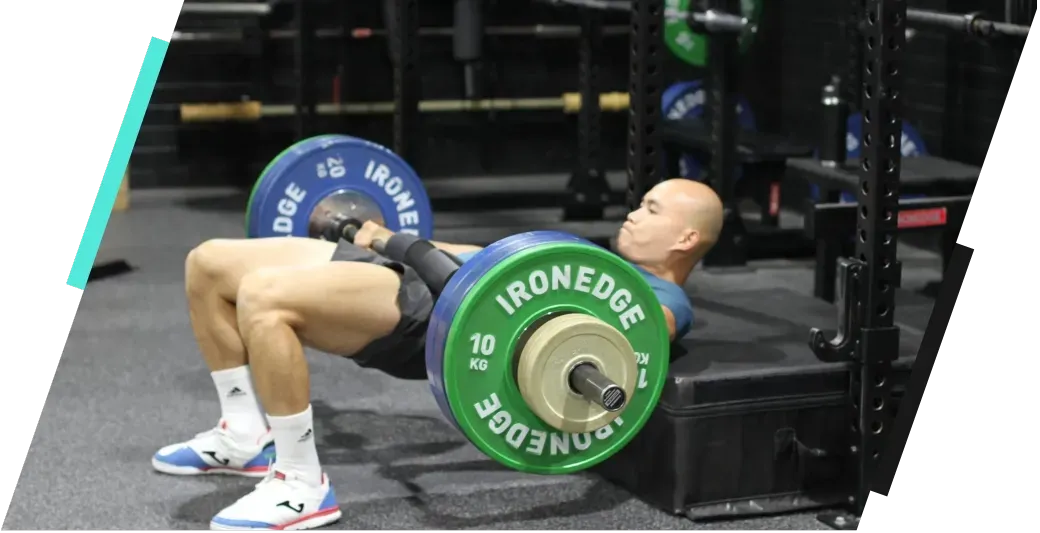

BUT THE BEST BIT?
when you're surrounded by other athletes just as committed as you are to rehabbing their injury...
...your SUCCESS is INEVITABLE.
OUR SYSTEMS-BASED APPROACH TO ATHLETIC REHAB
Our tried and tested systematic approach to sports rehabilitation has been trusted by hundreds of serious athletes who are hell-bent on getting back to sport better than ever. In those eight years, this system has demonstrated results 10x better than the industry average of 20% reinjury rates, delivering great outcomes for athletes and returning them to sport stronger, fitter and faster than ever.
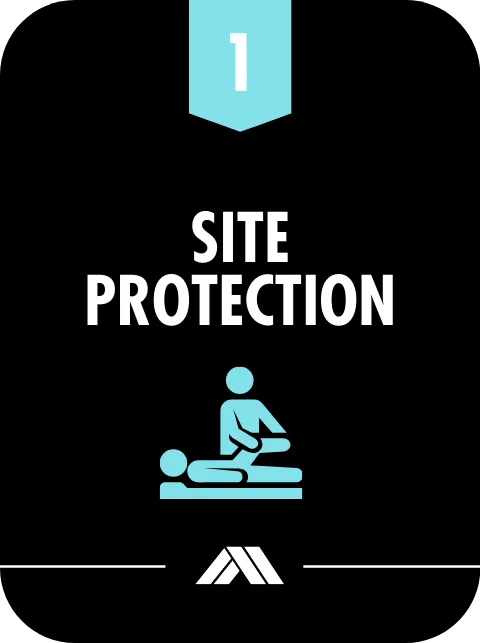
PHASE ONE: SITE PROTECTION
Until an athlete has full shoulder range of motion restored and swelling under control, their shoulder rehab will always be held back.
The focus of the protection phase is to restore lost mobility caused by injury or surgery, reduce inflammation, and re-establish normal shoulder rhythm and movement patterns during daily and sporting activities.
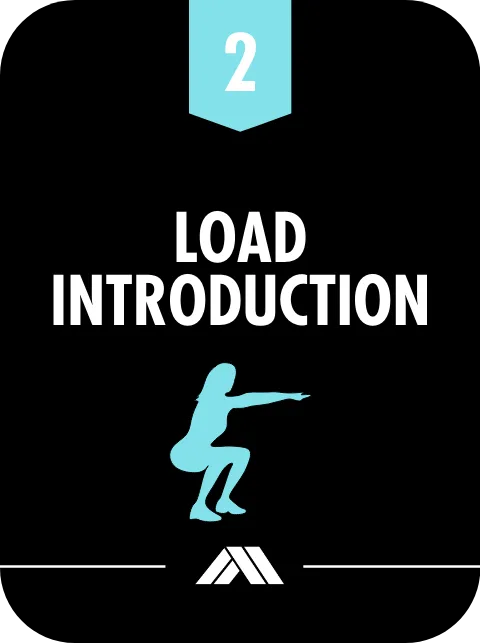
PHASE TWO: LOAD INTRODUCTION
Once you’ve regained full range of motion and your shoulder is calm and pain-free, it’s crucial to begin reintroducing load through structured strength training.
The earlier your shoulder can safely tolerate resistance, the sooner it can progress to more dynamic activities like pressing, catching, and overhead movements. This phase also reintroduces key athletic patterns such as deceleration, bracing, and controlled return to overhead and contact positions.
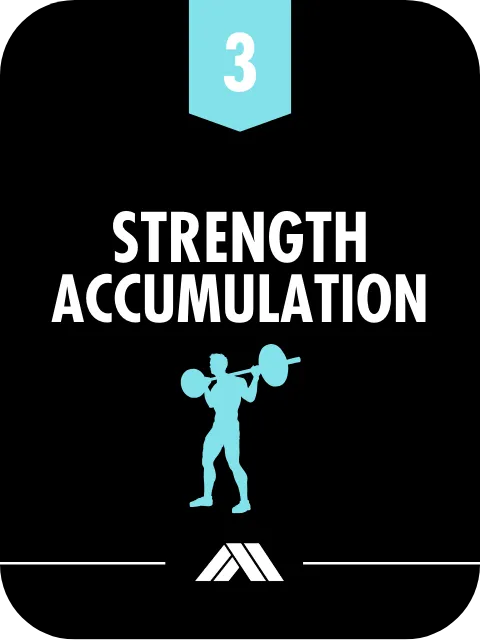
PHASE Three: strength accumulation
Once your shoulder can tolerate consistent loading, two major milestones need to be achieved: restoring full symmetry in shoulder strength and regaining the ability to perform high-velocity, overhead, or contact movements.
During this phase, you’ll build strength and endurance to close the gap between your current capacity and sport demands, while reintroducing controlled overhead actions, catching, and sport-specific skills back into your training routine..
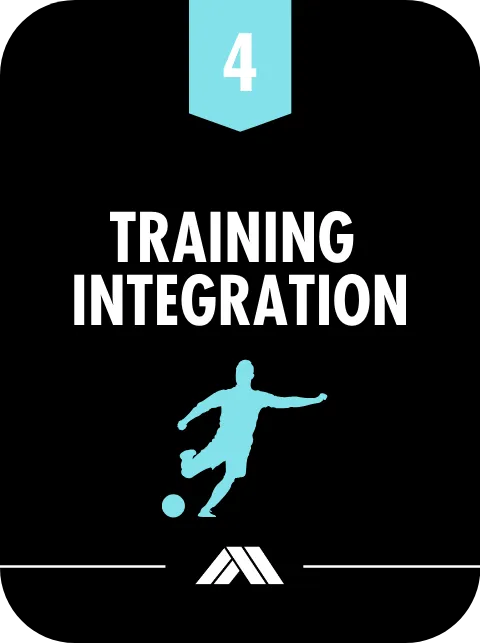
PHASE FOUR: TRAINING INTEGRATION
The fourth phase of our Shoulder Rehab Program prepares you to return to full training — and by this stage, you’ll be ready.
We’ll start replicating the demands of your sport, progressively exposing your shoulder to the unpredictable, high-speed, and contact-specific forces you’ll face in competition. This phase also refines your mental readiness, ensuring you return to training and performance with complete confidence in your shoulder’s strength, stability, and resilience.

PHASE Five: return to performance
In the final phase of your Shoulder Rehab Program, you’ll consolidate the strength, power, control, and coordination needed to return to sport with complete confidence.
You’ll complete our comprehensive return-to-performance testing to ensure you’ve left no stone unturned in your preparation. This phase blends advanced gym work with sport-specific drills — throwing, tackling, serving, or striking — to fine-tune every aspect of your performance so you can step back into competition ready and resilient.
SPORTS PHYSIOTHERAPISTS you can trust
We've REHABBED PRO'S, AMATEURS & EVERYONE IN BETWEEN...
850+
ATHLETES RETURNED TO SPORT
10,000+
ATHLETES REHAB HOURS COMPLETED
600+
5-STAR GOOGLE REVIEWS
FAQs
Frequently asked questions
All About SHOULDER INJURIES
Why are shoulder injuries so difficult to return to sport from?
Shoulder injuries are challenging to recover from due to the shoulder's complex anatomy and its critical role in stability and mobility during athletic movements. The shoulder joint is highly mobile but relatively unstable, relying heavily on a delicate balance between muscles, tendons, and ligaments to maintain function. Injuries, such as rotator cuff tears, labral damage, or dislocations, often disrupt this balance, leading to weakness, pain, and compromised movement patterns.Recovery is further complicated by the repetitive, high-stress demands placed on the shoulder in many sports, particularly those involving overhead motions, throwing, or heavy contact. Inadequate rehabilitation or lingering deficits in strength, stability, or range of motion can make it difficult to perform at a pre-injury level and increase the risk of re-injury. Additionally, scar tissue or chronic issues, like shoulder impingement or instability, may persist even after healing, limiting full recovery.Successful return to sport requires a comprehensive rehab program that addresses not only the injury itself but also the biomechanics of the shoulder, core, and entire kinetic chain. The extended time needed to rebuild functional strength and confidence in the joint, along with the high re-injury risk, makes shoulder injuries particularly challenging to overcome in sports.
Why are shoulder injuries so common in contact, throwing and overhead sports?
Shoulder injuries are common in contact, throwing, and overhead sports due to the unique combination of high mobility, repetitive stress, and instability demands placed on the shoulder joint. The shoulder’s wide range of motion makes it essential for dynamic movements, but this mobility comes at the expense of stability, relying heavily on muscles, tendons, and ligaments for support. In contact sports, such as rugby and football, the shoulder is exposed to direct impacts, falls, and collisions, which can result in acute injuries like dislocations, fractures, and labral tears. The joint’s vulnerability to forceful or awkward positions during tackles or falls adds to its risk. In throwing sports, such as baseball and javelin, the repetitive high-speed motion places significant stress on the rotator cuff, labrum, and surrounding stabilizing structures. Overuse injuries like rotator cuff tendinopathy or labral tears are common due to the repetitive microtrauma from throwing mechanics. In overhead sports, such as volleyball, swimming, or tennis, the shoulder endures repetitive overhead movements and high forces that can lead to impingement, instability, or overuse injuries. Poor technique, muscular imbalances, or fatigue further increase the risk. The combination of repetitive stress, high forces, and instability inherent to these sports, along with the shoulder’s reliance on surrounding soft tissues for support, makes shoulder injuries a frequent occurrence. Proper conditioning, technique, and load management are critical for injury prevention.
What does the research say you should do to rehab your shoulder after surgery?
Rehabilitating your shoulder after surgery involves a structured, evidence-based approach to restore mobility, strength, and function while protecting the surgical repair. In the early recovery phase (0–6 weeks), the focus is on immobilizing the shoulder with a sling or brace, managing pain and swelling with ice and prescribed medications, and gradually introducing passive range of motion (PROM) exercises under the guidance of a physiotherapist. As healing progresses (6–12 weeks), active-assisted and active range of motion exercises are introduced alongside isometric strengthening and scapular stability work to rebuild foundational strength and improve joint mechanics. From 12 weeks onward, strengthening becomes the priority, incorporating resistance training for the rotator cuff, deltoids, and scapular muscles, along with neuromuscular and proprioceptive exercises to enhance joint control. For athletes or those with physically demanding goals, the final phase (4–6+ months) focuses on advanced strengthening, sport-specific drills, dangerous space exercises, and upper-body high-velocity exercises to ensure the shoulder is ready for return to activity. Each stage should be carefully tailored to the type of surgery performed, your recovery timeline, and personal goals, with regular professional assessments to ensure progress and avoid re-injury.
What are my options following shoulder dislocations, subluxations, or tears?
Your treatment options following a shoulder dislocation, subluxation, or tear depend on the severity of the injury, your activity level, and your recovery goals. Conservative management is often the first-line approach, especially for first-time dislocations or minor tears. This includes immobilizing the shoulder in a sling, pain management, and physiotherapy to restore strength, stability, and range of motion. Physiotherapy focuses on strengthening the rotator cuff, scapular stabilizers, and surrounding muscles to improve joint stability and prevent future episodes.For recurrent dislocations, severe ligament or labral tears, or cases where conservative treatment fails, surgical intervention may be necessary. Procedures such as labral repair (e.g., Bankart repair), capsular tightening, or rotator cuff repair aim to restore the stability and function of the shoulder. After surgery, a structured rehabilitation program is critical for recovery. In some cases, adjunct treatments, such as platelet-rich plasma (PRP) therapy or manual therapy, may be used to support healing. Consulting with a sports medicine professional is essential to determine the most appropriate treatment plan for your specific injury and goals.
Can shoulder injuries heal without surgery?
Yes, many shoulder injuries can heal without surgery, depending on the type and severity of the injury. Minor injuries, such as mild rotator cuff strains, partial tears, or first-time dislocations, often respond well to conservative treatment. This typically involves rest, pain management, and a structured physiotherapy program to restore strength, mobility, and stability (especially in dangerous space ranges). Rehabilitation focuses on strengthening the rotator cuff, scapular stabilizers, and surrounding muscles, which can often compensate for minor damage and improve shoulder function.However, more severe injuries—such as complete rotator cuff tears, chronic instability, or significant labral damage—may not heal effectively without surgical intervention. In these cases, conservative treatment might reduce pain and improve function temporarily, but surgery may be necessary to restore full strength and stability, especially for individuals looking to return to high-demand activities. A sports medicine professional can assess the injury and recommend the most appropriate treatment plan for your needs.
How can I tell if I injured my shoulder?
Shoulder injuries often present with specific symptoms that can help you identify a problem. Common signs include pain during movement or rest, stiffness, and reduced range of motion, making it difficult to lift your arm or perform overhead activities. You might also experience swelling, weakness, or a feeling of instability, as if your shoulder might "give out." In cases of acute injury, such as a dislocation or tear, you may hear a popping sound, feel a sudden sharp pain, or notice a visible deformity.Other symptoms, such as a grinding or clicking sensation, could indicate a labral tear or cartilage damage, while persistent pain during repetitive movements might suggest an overuse injury, such as rotator cuff tendinopathy. If you suspect a shoulder injury, it’s important to stop aggravating activities and consult a healthcare professional for an accurate diagnosis and tailored treatment plan. Early intervention can prevent further damage and support recovery.
How long does it take for my shoulder to heal before I return to sport following surgery?
The timeline for returning to sport after shoulder surgery depends on the type and severity of the injury, the surgical procedure, and your sport's demands. Generally, most athletes can expect a recovery period of 4 to 6 months, although it may take longer for complex repairs or for those involved in high-demand sports. For example, surgeries like rotator cuff repair or labral repair often require a longer rehabilitation period compared to minor procedures.Recovery is not solely time-based but depends on meeting key milestones, including pain-free range of motion, restored strength, and functional stability. For athletes, the ability to perform sport-specific movements, such as throwing, tackling, or overhead motions, without pain or compensation is essential before returning to play. Regular assessments by your physiotherapist or surgeon will help determine when it is safe to progress and reduce the risk of re-injury. Patience and adherence to a structured rehab program are critical for long-term success.
THE FACILITY
Where are you located?
For shoulder rehab in Sydney: We’re located at 16 Dickson Avenue in the heart of Artarmon. We’re just 6 minutes walk from both Artarmon & St Leonards station.
What are your open hours?
Our training facility is open for coaching sessions Monday-Saturday with classes starting between 6:30 am and finishing at 7:30 pm.
For a copy of the current coaching, please reach out to us via our contact form.
Our SHOULDER Rehab Program
How does this differ from standard physiotherapy?
The traditional approach for shoulder rehab revolves around session-to-session care; where you pay for a single consult, get advice, and return at agreed-upon intervals with your practitioner. Typically, the sessional approach does not support you with training and advice outside the consult, meaning you spend more time by yourself. Our approach turns that idea on its head — rather than paying each time you see us, you pay one fixed weekly cost, and you can see us as often as you'd like (some athletes are at our facility 5x per week!). This approach means that you get all the support you need, whenever you need it. This results in great shoulder rehab outcomes for our athletes and better support along the way.
How long does the Shoulder rehab program go for?
We'll support you for the length of your shoulder rehab and even past your return to sport date if you want us too!
What does your Shoulder rehab program include?
Our Shoulder rehab program includes everything you need to return to sport with confidence following an achilles injury:
Unlimited physiotherapy support and care
Unlimited coaching across 80 hours a week on the gym floor
Weekly, individualised programming
Your own running coach to help you get back on the pitch or court
Unlimited access to recovery services, like GameReady, NormaTec compression boots, our Anti-Gravity treadmill, and our icebaths and spa.
All your staged exit testing using our sports science technology
Mental skills support to help you rebuild your confidence
Nutrition support by our dietician
And most importantly, a great community of other athletes going through the same thing you are.
I didn't see an option for online shoulder rehab. Do you do that?
In some cases, we do look after athletes remotely. If you live interstate or can’t make it to the facility, please reach out to us and we’ll assess if we can help. Most of the time, we’ll refer you to a coach we recommend in your city, because nothing beats coaching and accountability in the flesh. However, if you really want to work with us, we can explore that option with you, utilising telehealth, video coaching, and other remote technologies.
PRICING
What is the price for the Shoulder rehab program?
We value transparency in pricing. We have a simple price structure -- pay $197 per week, and get everything you need (see our full inclusions above).
If I pay upfront, do i get a discount?
Yes. When you prepay for the year, you’ll receive an additional 10% off our advertised weekly price.
I don't like direct debit (the big commercial gyms ruined it for me). What are my options?
We totally understand. Both Karl and Lachlan worked at big commercial gyms and understand how a lot of trust has been lost with gyms and direct debit (DD) memberships. If you don’t feel comfortable setting up a DD with us, prepaying for your Achilles rehab is still an option.
PRICING
What's the investment?
sports rehab program
Unlimited Support From Our Physiotheraphy Team
$197.00
PER WEEK
Get everything in our session-to-session product, plus everything else for free when you join our sports rehab program:
👇👇👇
Free individualised rehab program That Updates Every Single Week on our training app ($97 weekly value p/w)
Free individualised return to running program ($47 Value P/W)
Free return to run coaching out on field ($97 value p/w)
Free unlimited coaching with over 80 Hours per week ($97 value p/w)
Free 24/7 support & direct access to our physiotherapy team ($47 Value P/W)
Return to contact coaching out on field ($47 value p/w)
free gym membership ($27 value p/w)
free access to our recovery zone ($47 value p/w)
Free Recovery Protocols ($497 Value)
Free Master Your Mental Game Online Course ($997 Value)
Free initial Dietetics consult ($197 value)
Free Macro Rehab Plan & Goal Setting Following Our 5-Phase Rehab Model ($497 Value)
*Our re-injury rate is less than 1% in athletes that rehab with us, and continue to train with us following their return to sport.
**Your statement will be sent to you so you can claim with your private health fund or sports insurance.
session-to-session pricing
Traditional Physiotherapy Support that is pay per session.
$197.00
Subjective Assessment
Physical Examination & Diagnosis
Individualised Treatment
Plan of Management
*Following your consultation, your private health care fund will be swiped and the gap will be charged. The best option for athletes who can't make it regularly to the facility to take advantage of our fixed-fee sports rehabilitation programs.

Our guarantee
WE ARE THE ONLY SPORTS REHABILITATION FACILITY IN SYDNEY TO PUT OUR MONEY WHERE OUR MOUTH IS…
We believe our whole approach to rehabilitation is revolutionary. We have no doubt that you’ll be blown away with your experience with us that we’re willing to offer a 100% money-back guarantee on your initial consult if, for any reason, you’re not satisfied with your experience There is not a stronger guarantee than this in the market.
Why choose us?
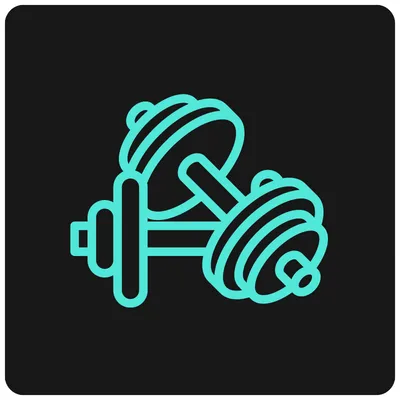
Our high-performance strength and conditioning facility
was built with the athlete in mind. When you complete your rehab with us, you'll get immediate access to every resource you need to accelerate your rehabilitation and helps you return to sport with confidence.
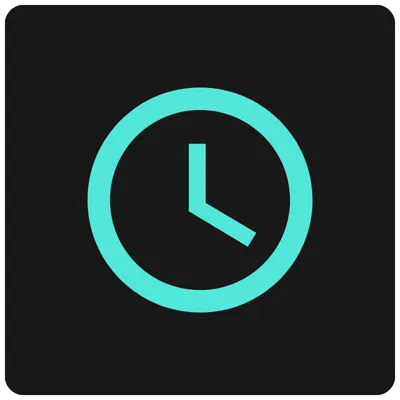
You'll receive round-the-clock support
from both the rehab and performance team. Unlike the traditional physio model, you'll never have to wait until 'the next available booking' to get the answers you need.

We only look after athletes
so you'll get the benefit of feeling like you're 'in the right place.' Instead of sharing a room with the elderly or officeworkers, you'll be rehabilitating alongside amateur, elite, and pro athletes all wanting to get back to doing what they love.
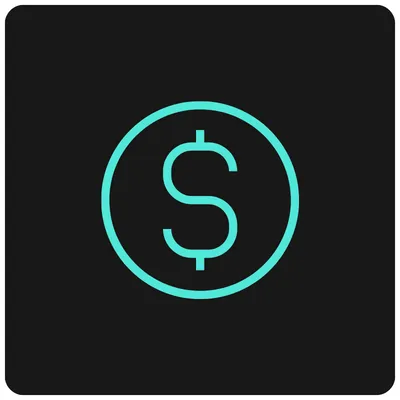
With a fixed weekly cost
there are never any surprises. Instead of paying for your gym membership, an individualised strength and conditioning program, weekly physiotherapy and recovery services separately, it's all included in a price that makes it affordable for almost everyone.

You'll get full access to our coaching timetable
so all your strength and conditioning, as well as your rehab runs (where applicable), will be coached by experts. You'll never have to do anything yourself (or worry you'll do something wrong), and you'll always have the support of an expert eye making sure you move well, efficiently and correctly.
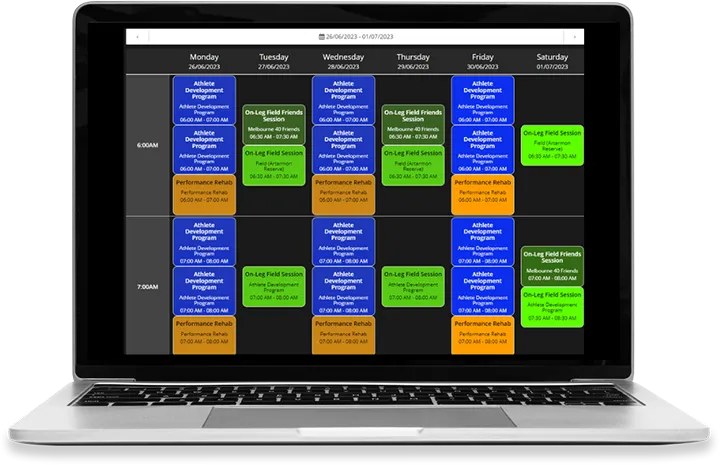
View our Schedule
When you join our Sports Rehab program, you’ll get unlimited access to our rehab coaches who will help you rebuild your strength and capacity in the gym, and, out on the field. View our schedule below.
Want to talk to our head of medical first?
We know that making a decision about where to rehabilitate your sports injury is a decision you can’t take lightly. That’s why we’d encourage you to have a no-obligation, free call with our Head of Medical services first to see how we can help. Request a call back by clicking the button below.
our services
WHEN YOUR ATHLETICISM MATTERS TO YOU, OUR PROGRAMS HAVE YOU COVERED.

“For Athletes Who Are Hungry For A Competitive Edge”
Athlete Development Program
Improve Athleticism With A Strength & Conditioning Program That Guarantees Results (Or Your Money Back)
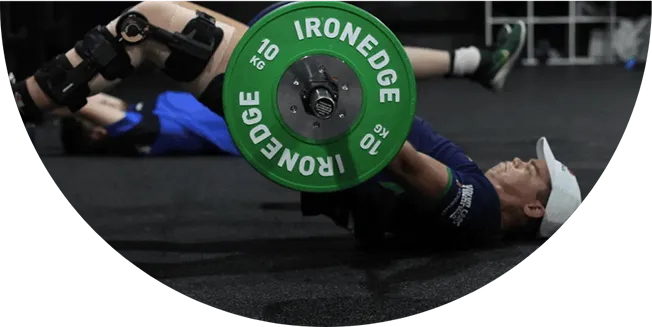
“For Athletes Who Want To Rehab Their Injury, For Good.”
Sports Physio Program
Return To Sport With Confidence And Get Back To Doing What You Love, Faster.

"For athletes seeking enhanced speed and agility in team sports."
Speed & Agility Training
Develop The Gift Of Speed And Get Noticed For Your Game-Changing Abilities On The Field Of Play

“For Sporting Parents Who Want To Set Up Their Kids For Success”
Emerging Athlete Program
Helping Sporting Parents Foster Their Kid's Potential & Set Them Up For Success.
TESTIMONIALS
individual success stories
HERE IS A HANDFUL OF THE ATHLETES THAT LOVE OUR STRENGTH & CONDITIONING GYM AND SPORTS PHYSIOTHERAPY FACILITY. LISTEN TO THEIR STORIES.
Take a virtual tour of Our
strength & conditioning gym
WE BUILT A TRAINING & REHAB FACILITY THAT COULD BE AN ATHLETES’ HOME AWAY FROM HOME. WATCH THE VIDEO TO SEE FOR YOURSELF.
SYDNEY
melbourne

While An Athlete's Goals May Change, The Pursuit Of Performance Never Ends.
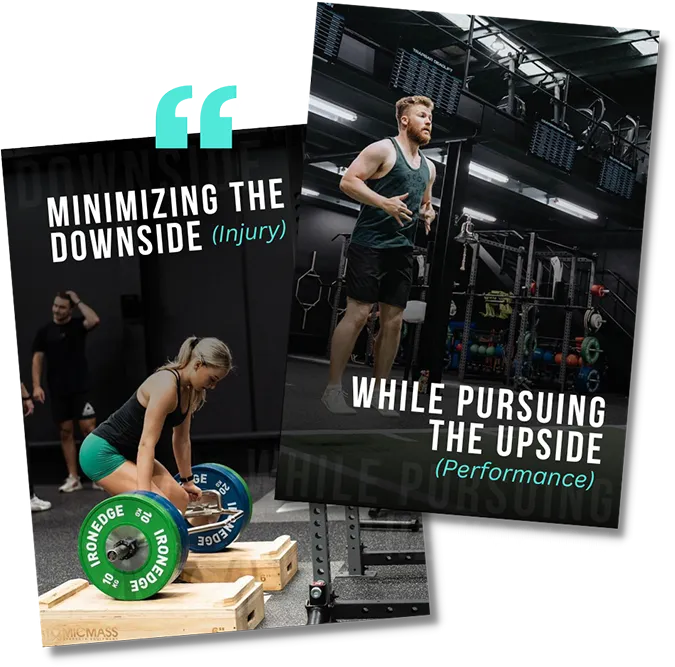
Athletes strive for two timeless objectives: raising their standards and winning. They constantly aim to surpass their previous achievements and believe in their ability to reach greater heights. Winning is an integral part of their DNA; they are driven by the desire to succeed. To attain such success, they must create a personalized GamePlan.
Our training system is built on the philosophy of "Minimizing the Downside (Injury) While Pursuing the Upside (Performance)." It empowers athletes at all stages to enhance their performance. Whether you're an amateur or an Olympian, our comprehensive approach combines in-person coaching with virtual and mobile support. Develop a resilient body and mindset for success with our expert guidance. Achieve more with our performance and rehabilitation programs.
350+
ATHLETES WHO TURNED PRO
450+
PRO ATHLETES COACHED
500+
5-STAR GOOGLE REVIEWS
Our resources
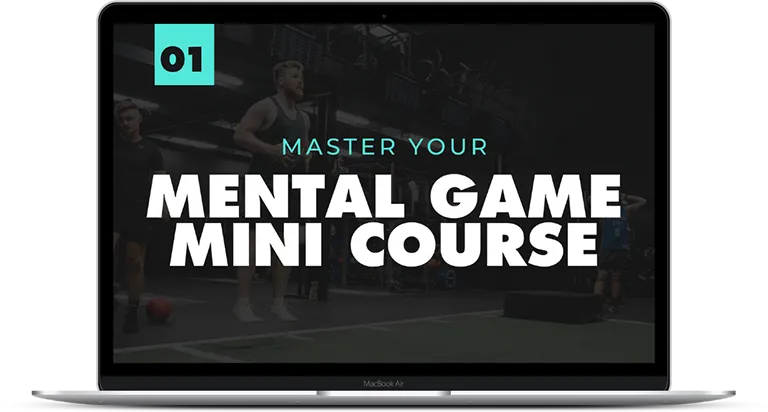
Master your mental game Mini Course
Discover the mindset strategies of the World’s Greatest Athletes so you can turn your mind into a weapon of performance.

THE KVLR™ PROTECTION SERIES
Bulletproof your weakest links with our body-part specific protection and resilience programs. These 12-week programs target the most common weak links in an athletes body and protects them from re-injury.
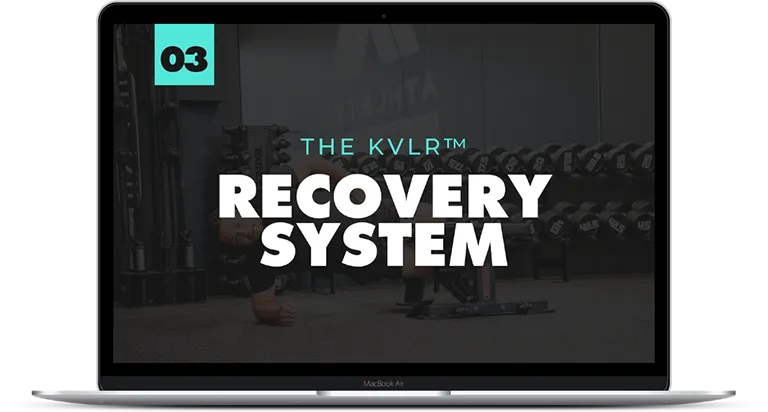
THE KVLR™ RECOVERY SYSTEM
Performance = fitness – fatigue. Reduce your fatigue and recover faster with our 3-step recovery system.
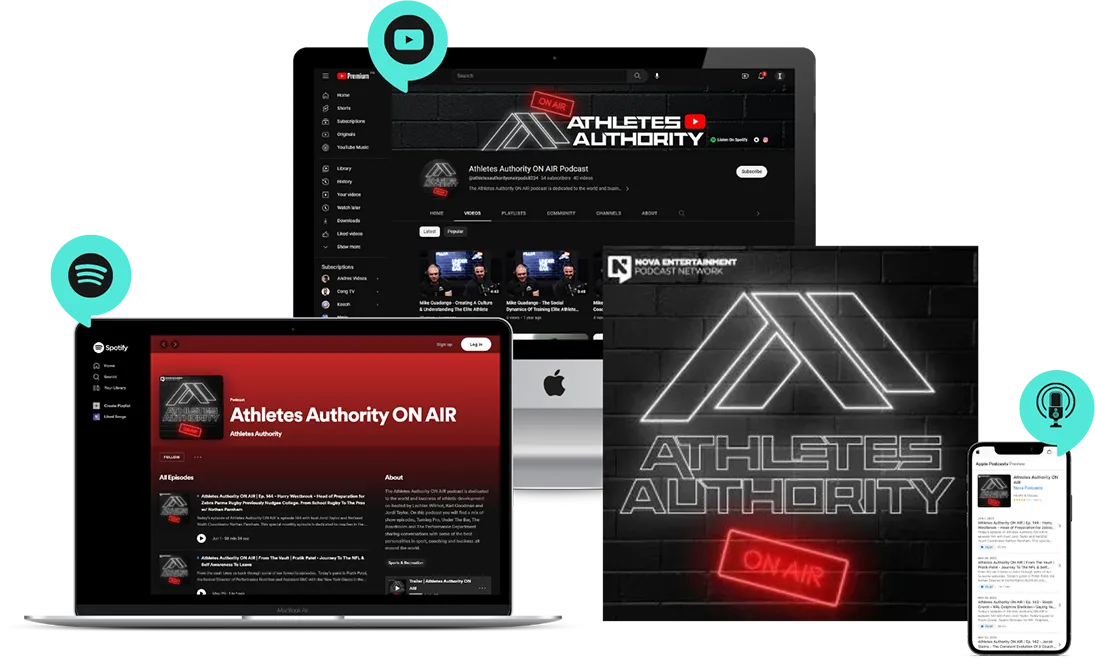
LISTEN TO THE PODCAST
Athletes authority on air
The Podcast that interviews the leaders in the Strength & Conditioning Community.
SYDNEY LOCATION
© 2023, Athletes Authority | All Rights Reserved
Website & Marketing Powered By Gymini

























